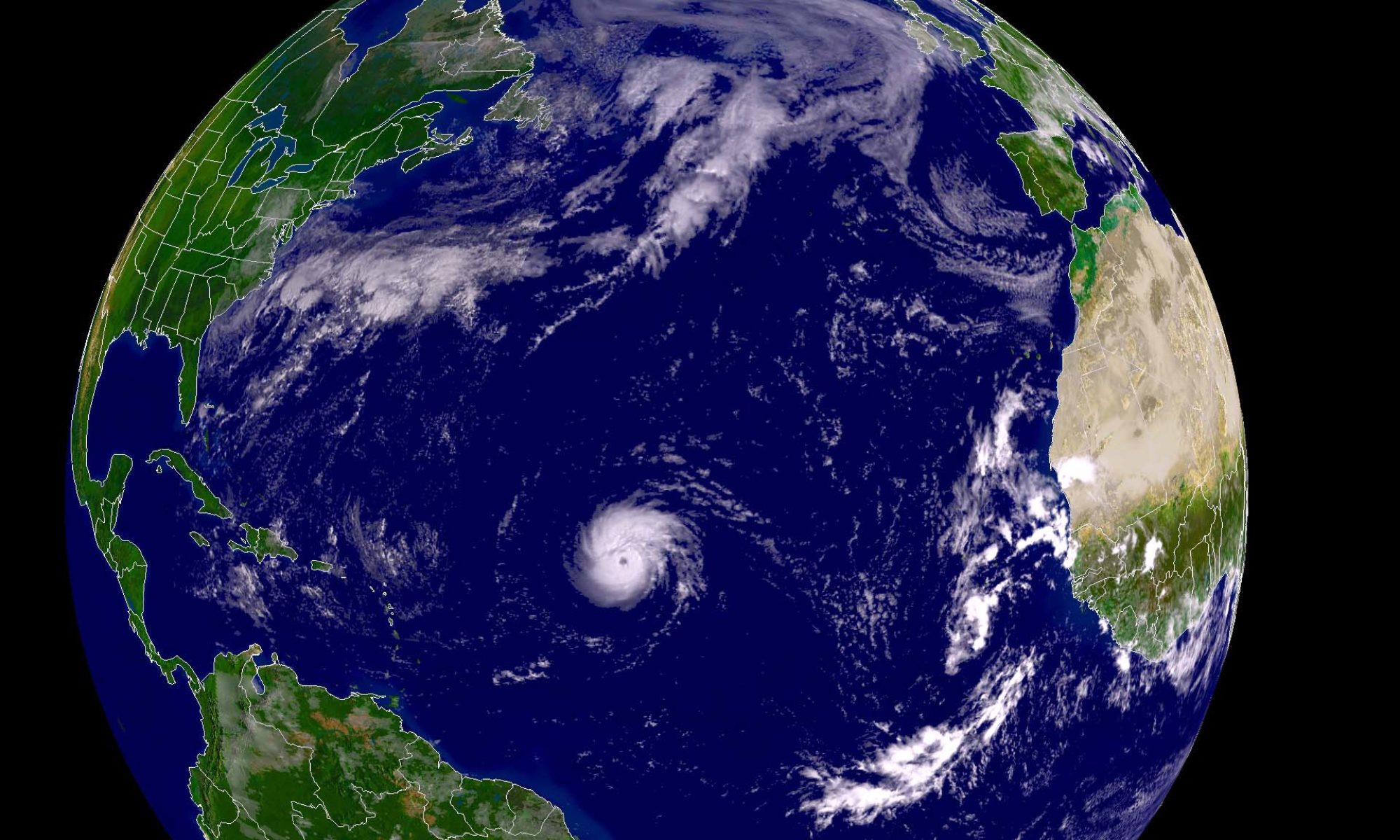By Chris Cote
In 1648, with the Peace of Westphalia, a system of sovereign states was established. Sovereignty gave these states’ complete self control over internal affairs, and since World War II, has evolved to include external sovereignty, a term defining the legality of inter-state interventions. European growth has contributed to an expanding evolution of the term, now subject to interpretation and debate. One thing holds true: a state’s rights to sovereignty are undergoing change.
Deep century old lines of territorial sovereignty are becoming blurred. Expanding global communication and economic routes are introducing new concerns regarding security and ethics. Transboundary concerns spur on international wars, internal crises and conflicts, and are redefining our politics, economics, and future on the whole. Security has always been the main concern of states, and as a state’s security, or ability to control the goings-on within its borders, erodes, states move to action. Factors that contribute to the erosion of state sovereignty include growing technology, economic interdependence, environmental degradation, poverty, human rights violations, and failed states. These can each be seen as having different levels of causation for one another, indicating that they are all interconnected and part of the same puzzle.
An easy example of the deterioration of sovereignty is the United States entering Iraq and Afghanistan. Our security was threatened (before?) September 11, 2001 by the Taliban and extremist Islamic groups, presumably encouraging the United States to eliminate the Taliban as a threat to its security. The United States’ “War on Terror” is immediately seen as a result of almost all of the factors listed above, except perhaps less obviously environmental degradation (although it is still a relevant factor).… Continue reading






